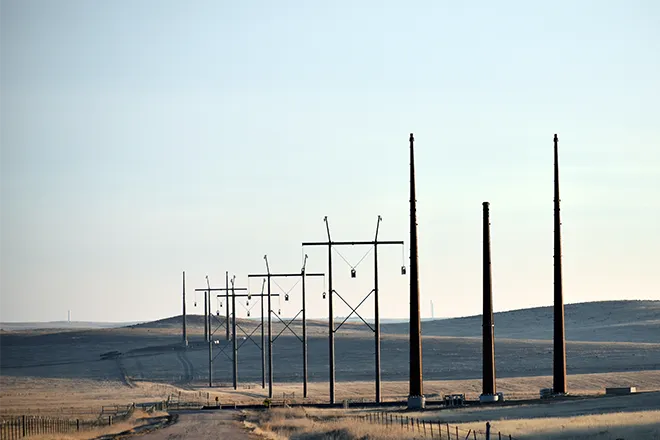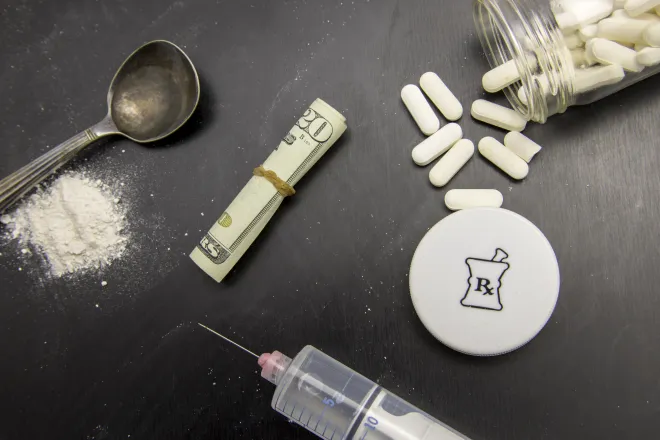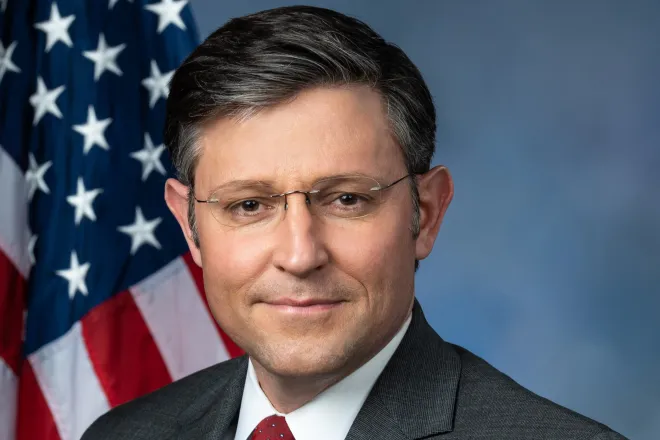
EPA drinking water standards take aim at ‘forever chemicals,’20 Colorado communities impacted
(Colorado News Connection) At least 20 Colorado municipalities will have to improve their water treatment systems to remove so-called forever chemicals called PFAS from drinking water, after the Environmental Protection Agency ratcheted down acceptable levels to four parts per trillion.
Sonya Lunder is a senior toxics policy advisor with the Sierra Club. She said long term studies have shown that PFAS chemicals have significant health impacts.
"They cause problems if you're exposed during pregnancy," said Lunder. "They cause cancer. They impact your liver and your kidneys and many other organs. It's really unusual to see chemicals in water that have so many different types of negative health effects on your body."
PFAS chemicals - developed by Dupont, 3M and other companies for use in firefighting and a number of consumer products for their waterproofing and lubrication qualities - made headlines when water supplies in Fountain were found to contain unsafe levels.
Last year, Colorado health officials ordered testing and found that dozens of Colorado water agencies exceeded safe levels.
Colorado is taking companies that make PFAS to court in an effort to cover some of the costs associated with chemicals that have been detected in 50 of the state's 65 counties. Colorado's Department of Public Health and Environment has a map on its website showing affected areas. Lunder said mitigating the health impacts of PFAS does come with a price tag.
"But EPA did a really careful cost and benefit assessment," said Lunder, "and found that while it will cost millions nationally to maintain drinking water treatment programs, the benefits to the population are tallied in the billions of dollars per year.
"The EPA is expected to finalize its new draft standard by 2024, and the agency could give local governments up to five years to comply. Lunder said it's still legal for firefighting stations and industry to release PFAS into the environment, which can end up in water that people drink."
And so there really needs to be a lot more focus on prevention and identifying those places where PFAS enter our water system," said Lunder, "in order to stop this cycle of really expensive and really complicated drinking water testing downriver."

















